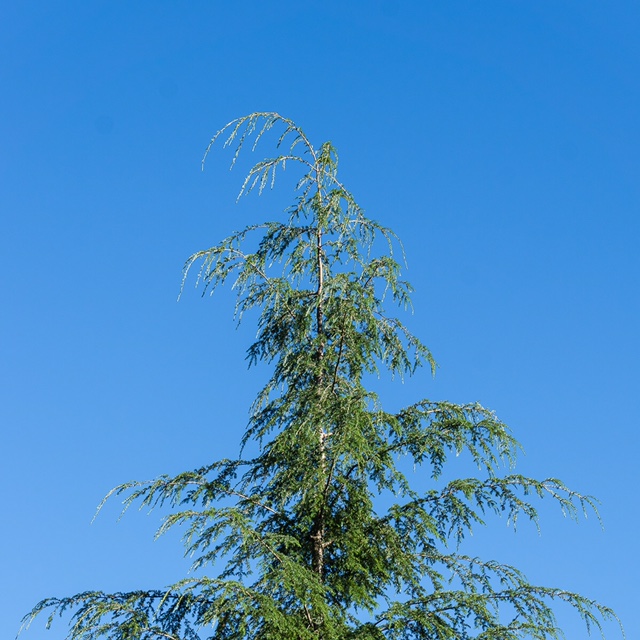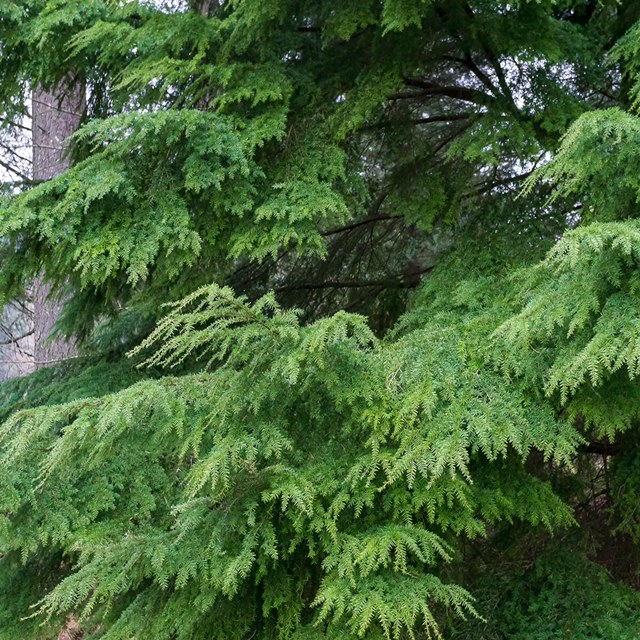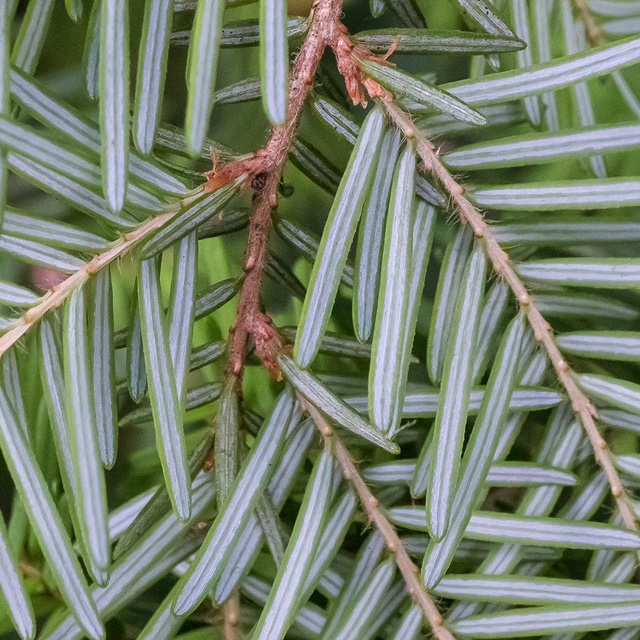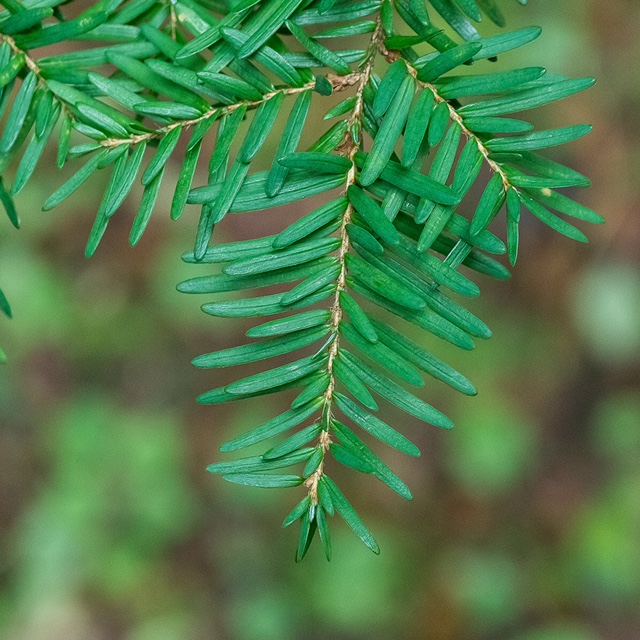Each year, it seems that summers in the Pacific NW get hotter and dryer. If you have a western hemlock, Tsuga heterophylla, growing in your yard, consider watering it this August and September!
Western hemlocks are well-adapted for Pacific NW forests with soils that are continuously moist. The root system lies just below the surface, forming a shallow, broad disk. If the surface soil dries out, western hemlocks can die.
Western hemlocks are abundant west of the Cascades. They are the trees that have a droopy shape, like this:
Western hemlocks are adapted to growing in the shade. Their needles cover way more surface area than the needles of most other common conifers. This enables western hemlock to make use of whatever meager sunlight penetrates the forest canopy.
The sheer density of needles makes the trees magnificent, at least to my eye:
In deep woods where western hemlock thrive, not much sun reaches the forest floor. In normal years, the soil remains continuously moist ... or at least moist enough for these shallow-rooted trees to survive.
In the late summer of 2015, we lost a couple of younger western hemlocks that were growing at the fringe of our backyard. The soil dried out from the heat and absence of rain. We didn't notice the trees dying until, looking out the kitchen window, we saw that all the needles had turned brown. They soon fell off and, the next spring, there was no growth whatsoever.
Be aware of this and consider watering your western hemlocks.
You would be justified in thinking that, if a native tree can't survive without your help, let it die.
Or, if you appreciate the beauty of the hemlocks in your yard and want them to stay alive, you might want to intervene with a water hose.
It's your choice ... and neither choice is unreasonable.
Just so you know, western hemlocks have not evolved to be totally defenseless against drought. The stomata on the needles are positioned to avoid excessive evaporation and help the tree survive minor droughts. Here's how:
On all native trees of the Pacific NW, each leaf or needle has many thousands of microscopic pores called stomata. It is through these pores that carbon, in the form of atmospheric carbon dioxide, enters the leaves. Carbon is a key ingredient in the sugars that trees manufacture in photosynthesis.
As carbon dioxide enters the leaves or needles through these pores, water vapor exits.
Trees and other plants have evolved a myriad of fascinating ways to limit the loss of water through the stomata.
One of the simplest ways of reducing water loss is easily visible to the naked eye on western hemlock and a few other Pacific NW conifers:
Western hemlock needles have one side that almost always faces up and another side that almost always faces down. And nearly all of the stomata are on the bottom side. Take a look:
In the picture on the right, distinctive pairs of white stripes are comprised of thousands of microscopic pores. This picture shows the bottoms of the needles.
In the picture on the left, there are no bands of stomata. This picture shows the tops of the needles. (Notice the long and short needles growing right next to each other, a key identifier of western hemlock.)
When the sun is out, the air on top of the needles gets slightly warmer and drier than the air in the shadows beneath the needles. The air underneath each needle is slightly cooler and more moist from the shade.
This simple asymmetry allows less evaporation (i.e., less water loss) on sunny dry days than if the stomata were evenly distributed on both the top and bottom of the needles.
At any rate, the roots of western hemlock are used to moist soil, with little sunlight penetrating to the forest floor where these trees live. If the soil in your backyard is getting baked, consider watering any western hemlocks growing there!




